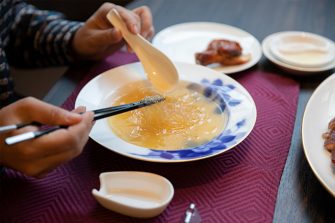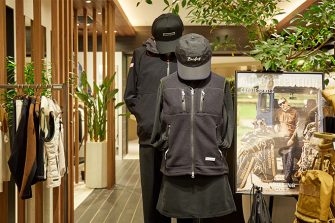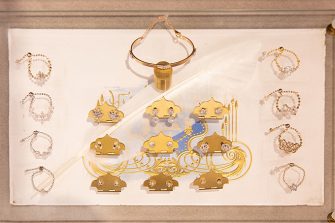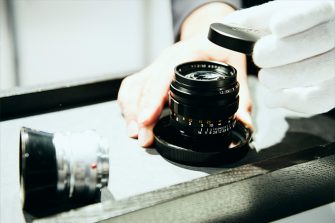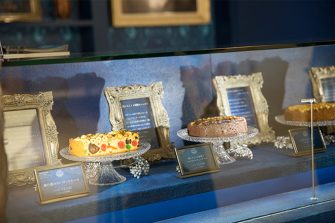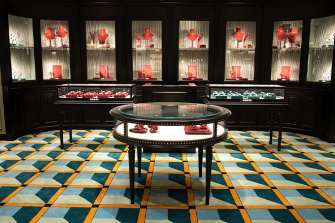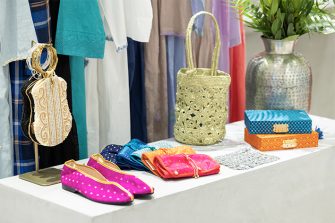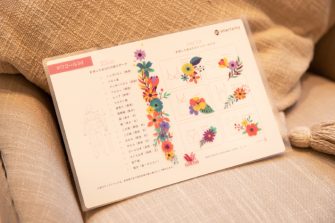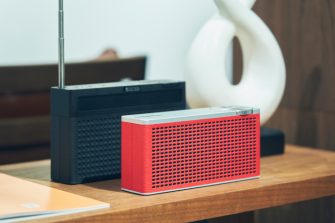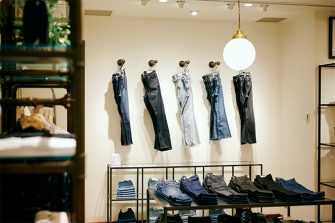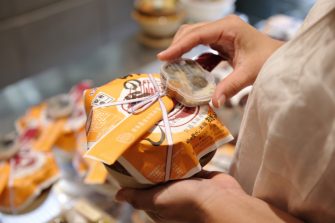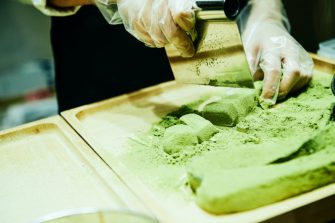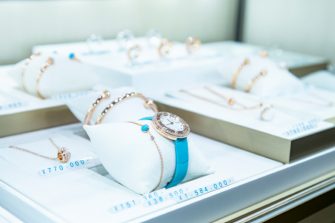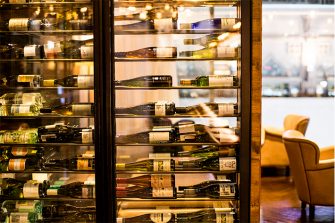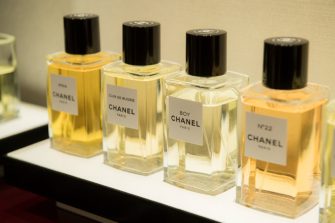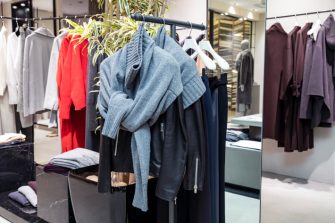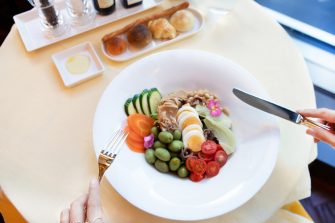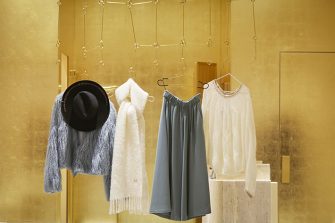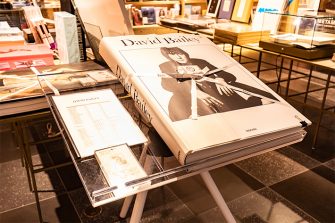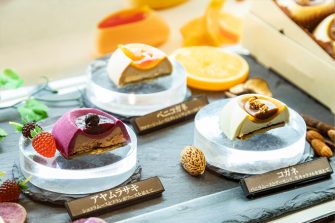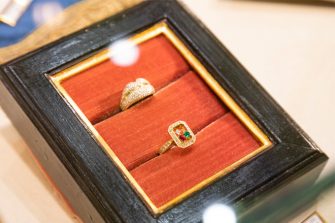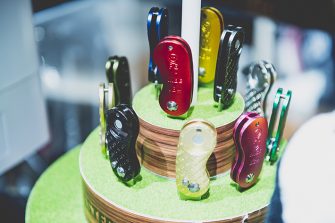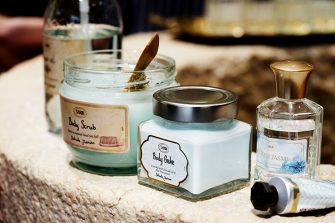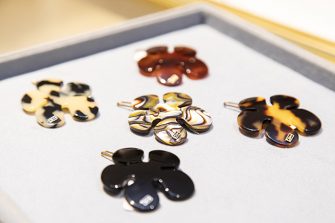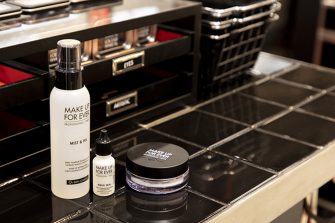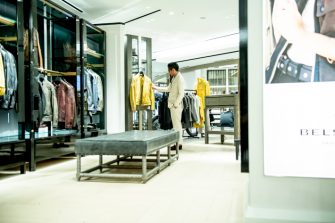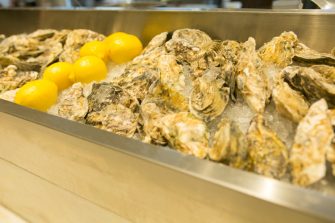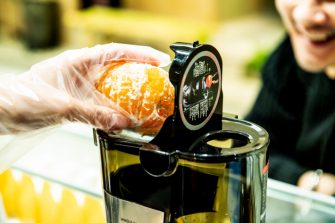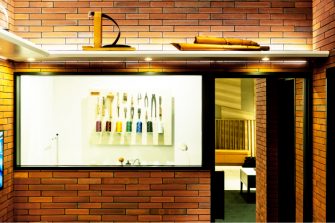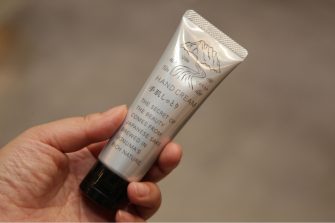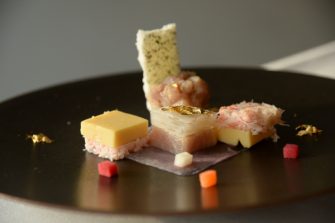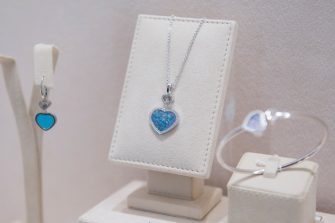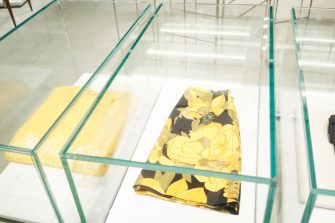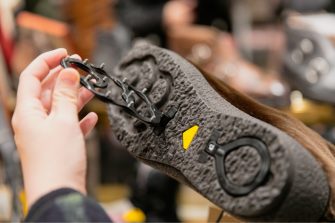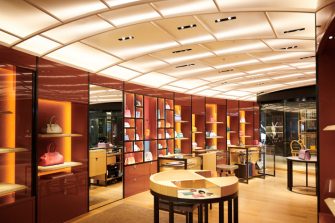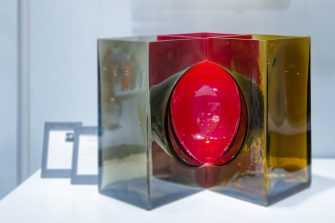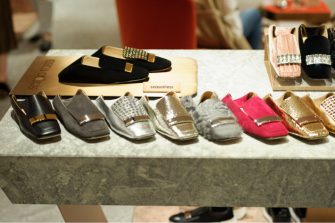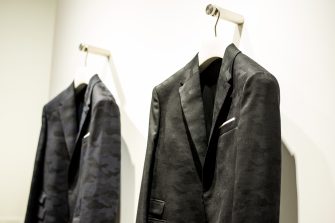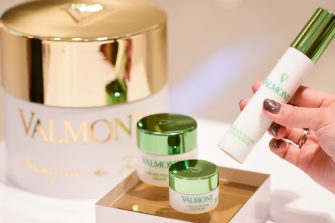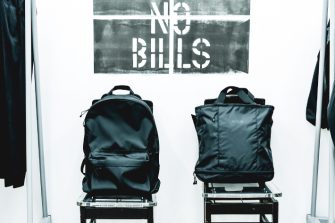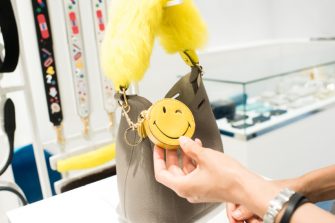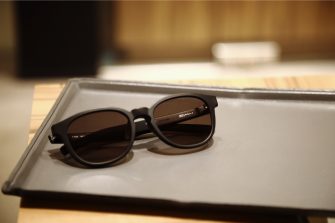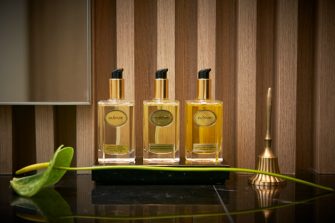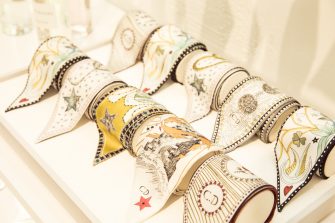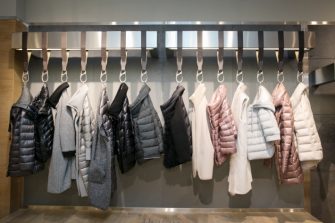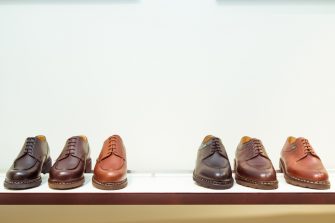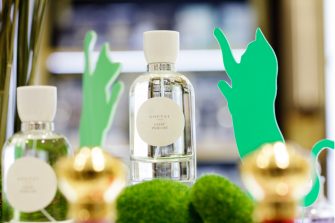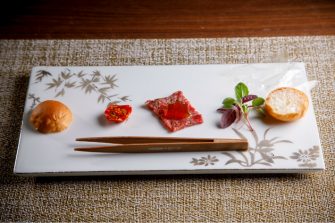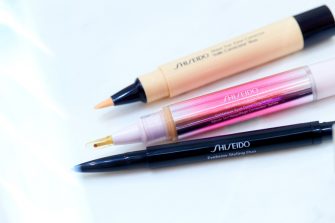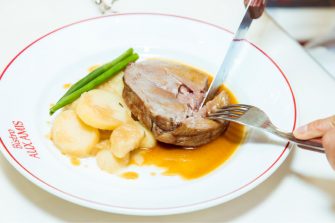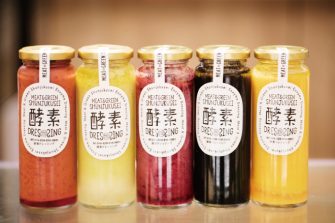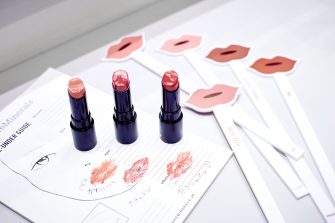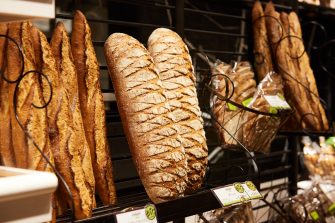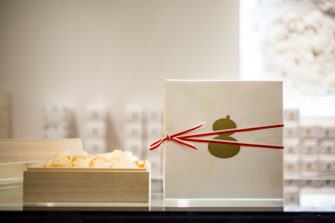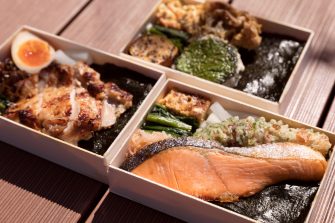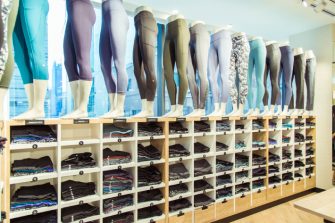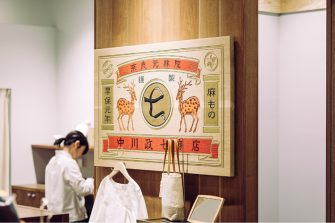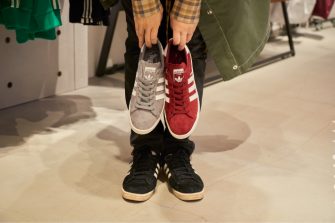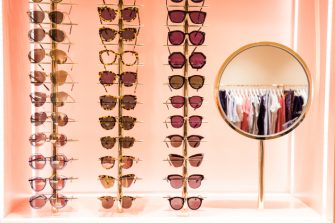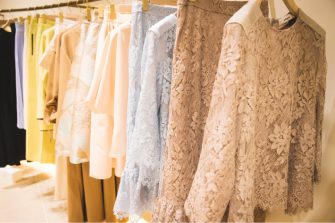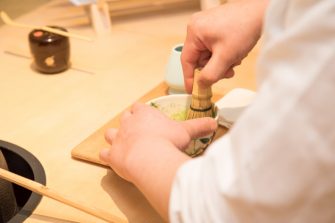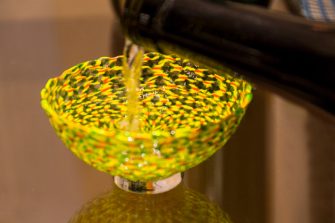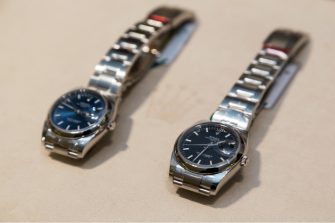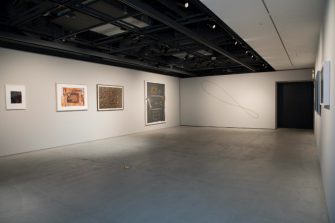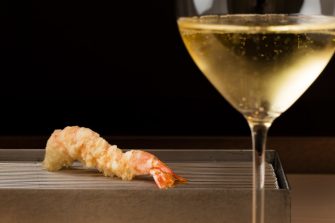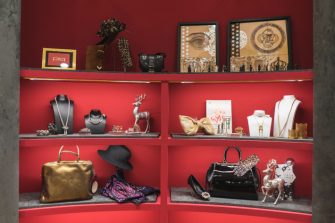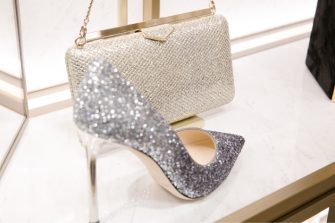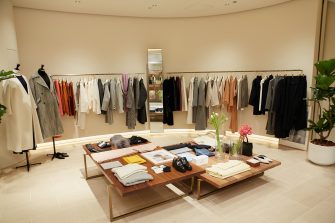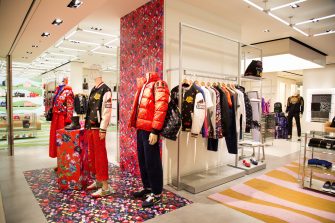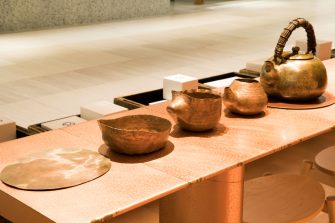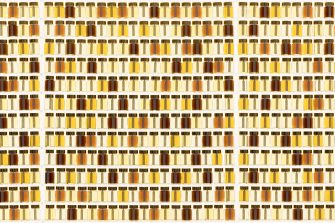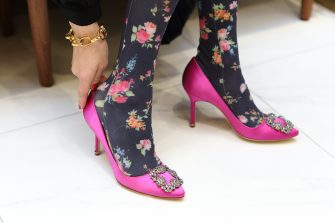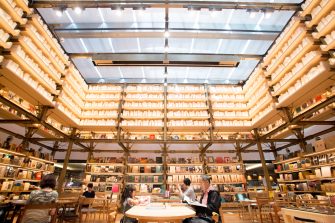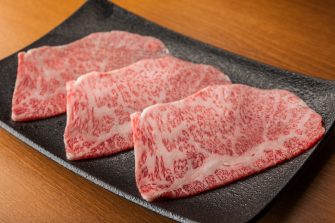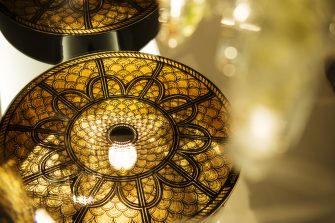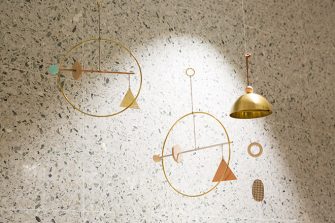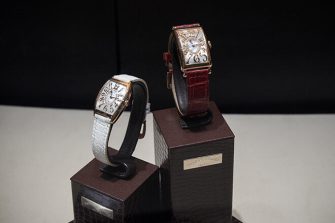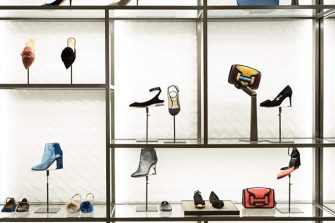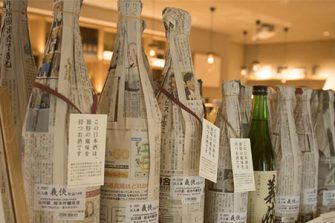

GINZA SIX EDITORS
ファッション、ジュエリー&ウォッチ、ライフスタイル、ビューティ、フード…
各ジャンルに精通する個性豊かなエディターたちが、GINZA SIXをぶらぶらと
歩いて見つけた楽しみ方を綴ります。
いつ行っても新しい何かに出合えるのには理由がある A Place Where You Find Something Whenever You Go
八木 基之
GINZA SIX EDITORS Vol.65
子供の頃からぶらぶらするのが好きだった。小学生の時は寄り道ばかり、基本、家にまっすぐ帰らない。今でも、会社帰り、ふと思いついて飲みに行ったり、銭湯に寄ったり、映画を観たり……。それだけじゃなく、ひとつ手前の駅で降りて、ぶらぶら歩いて家に帰る。しかも、その間に用もなくコンビニによって立ち読みをしていたりする。要は昔から変わらない。
それにしてもGINZA SIXは、ぶらぶらするのには最高の場所だ。どうやら店舗が並ぶ通路は銀座の路地裏の小径をイメージしているらしい。まっすぐではなくランダムな、あえて折れ曲がったレイアウト。どこに何があるか、少しわかりづらい。でも角を曲がった時、突然目の前に素敵なお店が現れたり、欲しいものを見つけられたりする。それが、なんか楽しい。
ところで僕は建築家の安藤忠雄さんの担当で、今から8年前、イタリア出張の先生を取材で追いかけたことがある。その時、先生はこんなことを言っていた。「機能的すぎるのはいけない。なぜ多くの人がヴェネツィアに何度も足を運ぶのか、それはあの街が迷路みたいだから。いつ行っても新しい発見や、感動があるから人はリピートする」のだと。なるほど、GINZA SIXのよさって、そこなんだと思う。いつ行っても新しい何かに出合える。だから何度も通ってしまうのだ。

今回、まず訪れたのは1階にある「VENINI(ヴェニーニ)」。1921年創業の老舗ヴェネツィアングラスのブランドで、僕がこのヴェニーニを知ったのも、その安藤忠雄さんをイタリアで取材した時だ、先生はミラノサローネでヴェニーニとコラボした照明「VELIERO(ヴェリエロ)」を発表。現在までに4つのプロダクトを手掛けていて、今、この店舗には4作品めの新作のオブジェ「ANDO COSMOS(アンドー コスモス)」が並んでいる。
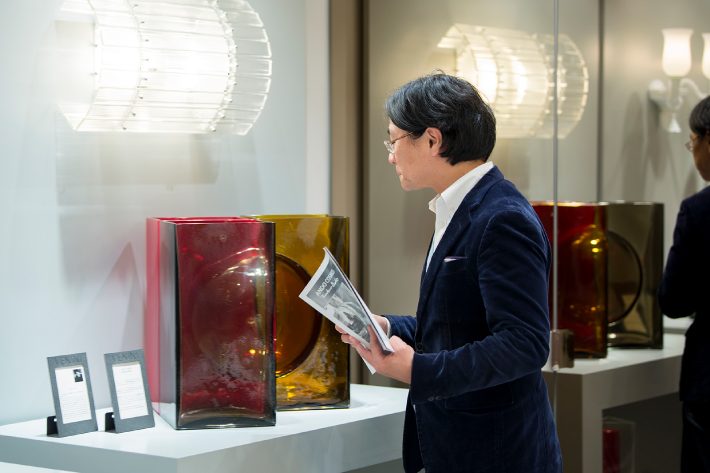
「ANDO COSMOS」は、先生曰く「建築の原点である立方体と球体を組み合わせた」オブジェ。クリスタル、ブルー、グリーン、レッドの4色のカラーで展開する。価格はクリスタルが3,080,000円、他の3色が2,880,000円(以下全て税別価格)。その圧倒的な存在感は、家に飾ったら、インテリアの主役になること間違いなしだ。クリスタルは世界限定19点、他の3色は30点の販売で、日本には4点入ってきたが、すでに3点は売れてしまったそう。さすがのANDO人気!

他にもヴェニーニには、シャンデリアから花瓶まで、さまざまなプロダクトがある。いずれもヴェネツィアのマエストロが、1個1個吹いて作りあげたもので、カラーリングが絶妙だ。光が透過し反射する様はとにかく美しい。なんでもヴェニーニは色のパレットを100種類以上持っているそう。今度、友人が新築した家に呼ばれているのだが、ヴェニーニの小さい花瓶をお祝いとして持って行こうと思う。さすがにANDO COSMOSは無理だが、花瓶のシリーズは値段も比較的手頃でギフトにぴったりだ。
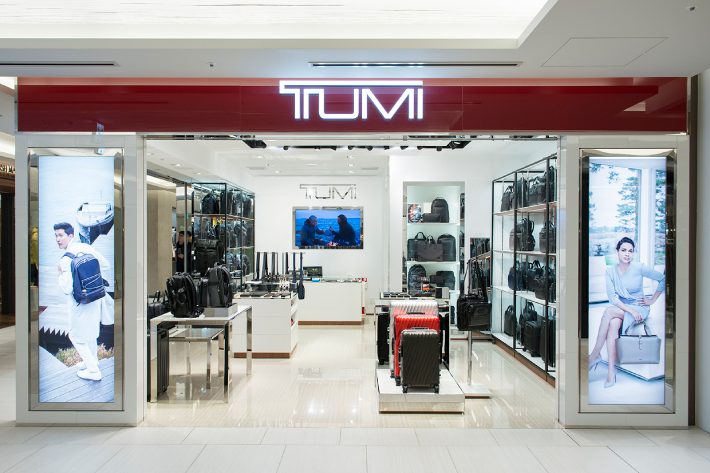
続いて5階のフロアへ。ここは靴と鞄が充実している。ぶらぶら歩いていると、目に入ったのが「TUMI(トゥミ)」の店舗。個人的にもトゥミのバリスティックナイロンのキャリーケースを10年以上使っている。そろそろ新しいものを、と思っていたところなのでお店に入ってみた。
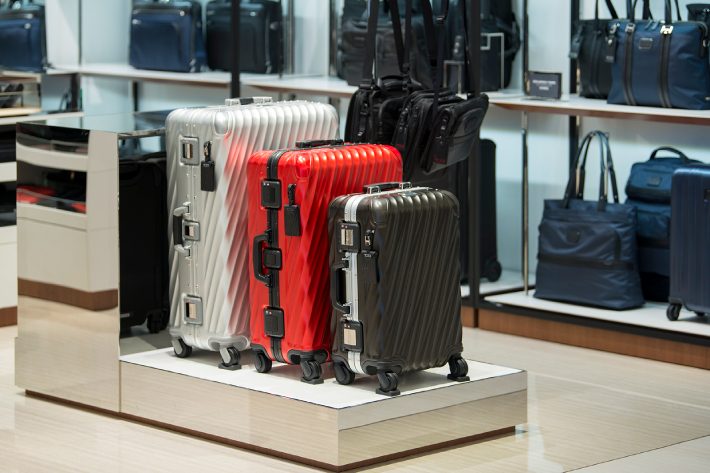
19 DEGREE ALUMINUMは、アルミ製のキャリーケースのコレクション。その名の通り19度の角度で斜線が表面に施されている。これは、美しいだけでなく、強度を上げるためのもので、機能を重視したトゥミらしいデザインだ。カラーはマットブラックとシルバー、シーズンカラーのアンバーとガンメタルの4色。機内持ち込み用(100,000円/ガンメタルカラーは110,000円)から、短期宿泊のトラベル用(120,000円)、長期宿泊のトラベル用(135,000円)の3種類が揃う。これに買い替えるのもいいかもしれない。
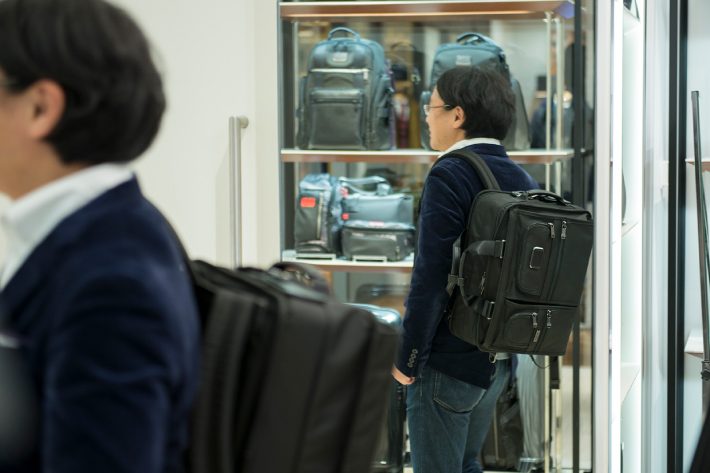
それにしてもトゥミの機能性には、本当に驚かされる。日本限定ホリデーコレクションの3WAYブリーフ(69,000円)はその代表格だ。最近、PCを常に持ち歩いているので、背負えるのは非常に便利。誰が見てもデザイン的にトゥミのビジネスバッグだとひと目でわかるので、ジャケットやスーツに合わせても、制服の高校生みたいに見られないのが嬉しい。とにかくポケットが充実、個人的には折りたたみ傘やペットボトルを収納できる防水加工のポケットが気に入った。
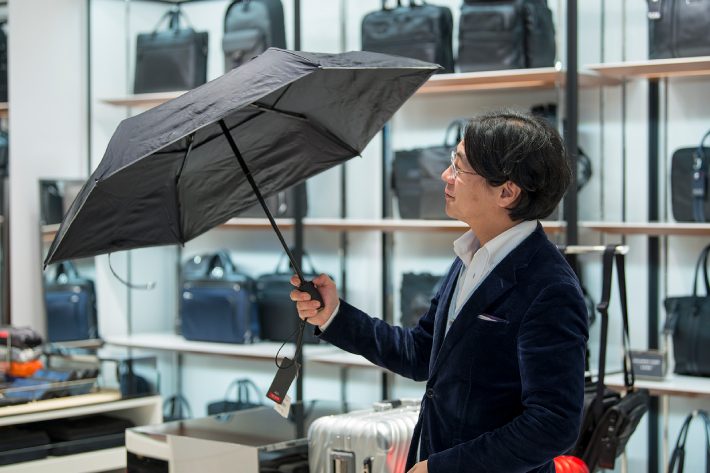
そして、これはいいと思ったのが、トゥミの折りたたみ傘だ。ワンプッシュで開くだけでなく、閉じることも可能。また、強風でも傘がひっくり返ることのないよう、通風孔が設けられていて、さすがトゥミ、気が利いている。黒の折り畳み傘というと、なんだかザ・オッサンなアイテムだが、このトゥミの傘は違う。きちんとした大人の男性が持っていそうで、本当に欲しくなった。Mサイズで10,000円と、失くしたら凹みそうな価格ではあるが…。
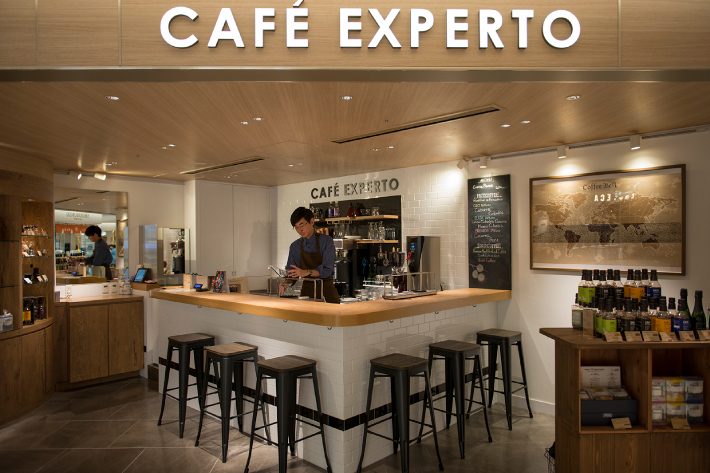
次はひと休みしようと地下2階のフーズフロアへ。ここは新業態や都内初出店など、GINZA SIXにしかない店が集結しているらしい。ぶらぶら歩いて、ふと直感的にいいと思ったお店に入る。それが「CAFÉ EXPERTO(カフェ エクスペルト)だ。ここは生産国での品種、栽培、精選から日本での保管、焙煎に至るまで徹底的にこだわったコーヒーショップ。何に惹かれたかというと、それはカウンターの中にいる、宮﨑壮史さんの佇まいだ。間違いなく美味しいコーヒーを淹れてくれそうなオーラに満ちている。
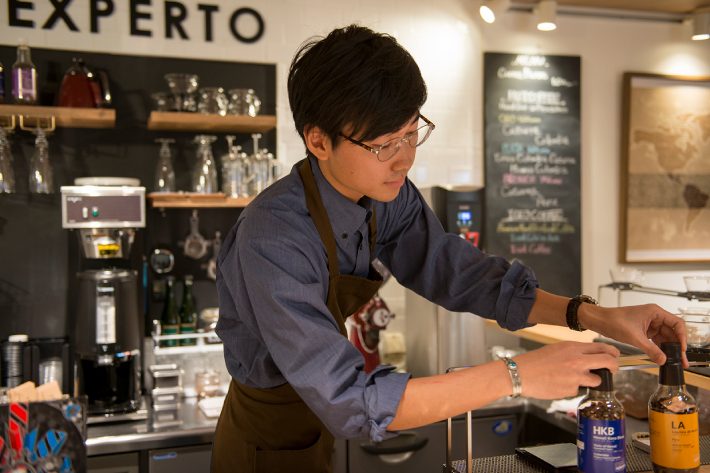
で、その宮﨑さんのおすすめに従って、コロンビア・カトゥーラのベジャビスタ農園で採れたカトゥーラ種のコーヒーをいただくことに。「淹れ方でどのくらい味が変わるか、飲み比べをしてみましょう」と宮﨑さん。ハンドドリップとフレンチプレスの2つの方法で淹れてもらった。それにしても宮﨑さんの所作の気持ちいいこと。ついウットリと見惚れてしまう。丁寧にお湯を注ぐ姿からはコーヒーへの愛情と情熱が伝わってくるのだ。なんでも宮﨑さんはコーヒーを極めるべく、ハワイのコーヒー農園で働いていたこともあるそう。「コーヒー豆にとって実は大切なのは輸送なんです。うちの豆はきちんとした温度管理の元、運んでいるものばかりです」。そのこだわりを聞くと、1杯1,500円という価格にも納得できる。
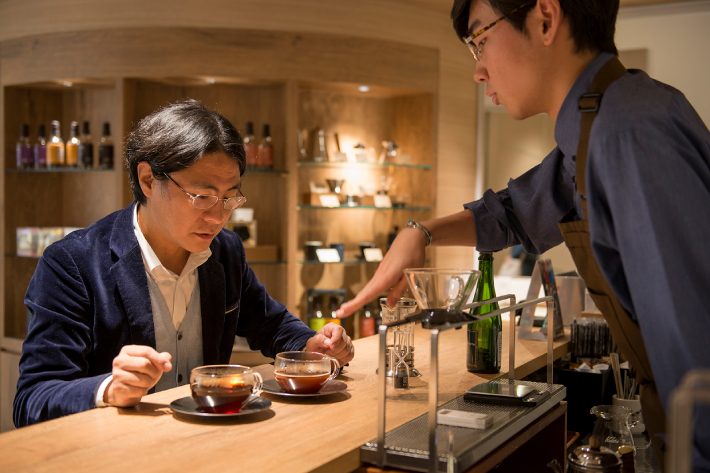
その味だが、ハンドドリップで淹れたほうは、これがコーヒーか、と思ってしまうほど雑味のまったくない、透明感のある味わい。喉を通ったあと、余韻が鼻を抜け、しばらく長く続く。もう、上品としか形容しようがない。一方、フレンチプレスで淹れたほうは、口に入れた瞬間、パンチのあるフレーバーが口の中に広がる。同じ豆なのに、淹れ方でこんなにも味が違うものになるのかと、コーヒーの奥深さに驚かされた。
最後は、銀座土産を探しにこのフーズフロアをぶらぶらすることに。欲しいものがたくさんあって困ってしまう。それにしてもGINZA SIXをぶらぶらするのは本当に楽しい。気がついたら長居してしまう、GINZA SIXはそんな場所だ。
Text:Motoyuki Yagi Photos:Takao Ota Edit:Yuka Okada
I’ve always liked wandering, ever since I was a kid. In grade school, I’d always swing by here and there. I rarely went straight home. Even now, after work, I go out for drinks on the spur of the moment, step into a public bathhouse, or go and watch a movie. I’ll get off the train a stop early and wander home on foot. Then, on my way home, I’ll duck into a convenience store for no reason and stand there reading a magazine. In all these years, I haven’t changed.
GINZA SIX is a great place to wander. Its store-lined hallways are modeled on the little Ginza alleyways found off the beaten path. The halls are laid out randomly, and they curve. They’re not set along ruler-straight lines. You don’t always know exactly where everything is. But when you turn a corner, a great store suddenly appears before your eyes, and you find something you like. That’s surprisingly fun.
Covering the architect Tadao Ando eight years ago, I happened to follow him on a business trip to Italy to research an article. While we were there, he told me, “Obsessing over the functional can be bad. Why do you think people come to Venice again and again? It’s because the city itself is a labyrinth. You’re thrilled once again and make new discoveries each time you visit. That’s why the city has so many repeat visitors.” I thought that made sense. I think that’s also what makes GINZA SIX special. No matter how many times you go, you find something new. It makes you keep going back.
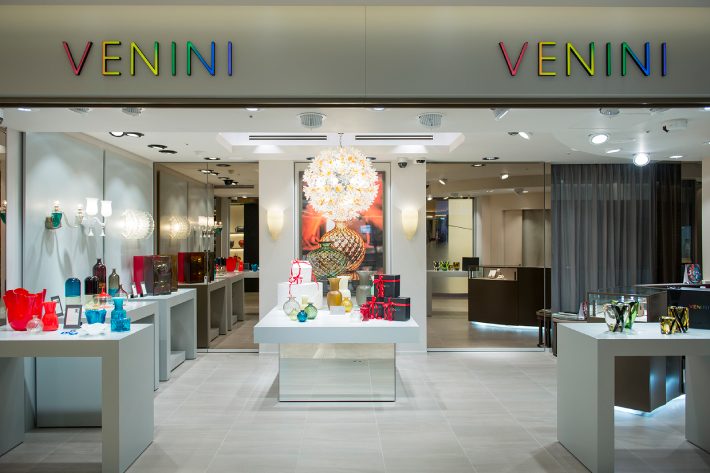
My first stop today is Venini on the first floor, a venerable Venetian glass brand established in 1921. I first discovered Venini on that trip to Italy with Tadao Ando, who released the Veliero lamp he designed with Venini at Salone del Mobile Milano. The architect has been involved in four collaborations with Venini so far. This store carries his fourth work in the series, Ando Cosmos.

Ando Cosmos is an object that combines cubes and spheres, “the foundational geometric elements of architecture,” as the master put it. It comes in four colors: crystal (clear), blue, green, and red. The crystal Cosmos is priced at 3,080,000 yen. The other three colors are 2,880,000 yen each (all prices listed before tax). The work has an unmistakable presence. Displayed at home, it would undoubtedly become the focal point of your interior. Only 19 of the crystal and 30 of the other colors have been created. Japan had four, but three have already sold, a testament, if any were needed, of Ando’s popularity.

Venini offers various other products, from chandeliers to flower vases, each created as one of a kind by master Venetian glassblowers. The range of colors is exquisite, and the light penetrating and reflecting off the glass is simply lovely. Venini’s color palette features more than 100 colors. I’ve been invited by a friend to see his new house, and I think I’ll bring him a small Venini vase as a housewarming gift. The Cosmos is, of course, out of my range, but the vases are reasonably priced and would make good gifts.

Next, I head up to the fifth floor. Here, everywhere I look, I see shoes and bags. As I’m wandering about, Tumi catches my eye. I’ve had a Tumi ballistic nylon suitcase for over ten years and was just thinking it was time for something new, so I went in.

19 Degree Aluminum is their collection of aluminum suitcases. As the name suggests, the diagonal ridges on the surface are at 19 degree angles. Not only are the lines beautiful, they strengthen the case, a functional design touch that’s also a Tumi trademark. The suitcases come in four colors—matte black, silver, gunmetal, and amber, the last one as a seasonal color—and in three formats—a carry-on (100,000 yen; 110,000 yen for gunmetal), a short-stay suitcase (120,000 yen), and a long-stay suitcase (135,000 yen). There’s no question they’d make good replacements for my current suitcase.

Tumi’s functionality is truly astonishing. A perfect example is the Three-Way Brief (69,000 yen), available only in Japan. I carry a computer around with me all the time these days, so a backpack is very useful. Anyone can tell at a glance it’s a Tumi business bag; the design is perfect for carrying with a jacket or suit without creating the impression of a high school student in uniform. It has plenty of pockets. I especially like the waterproof pocket, perfect for a collapsible umbrella or plastic drink bottle.

Tumi’s collapsible umbrella also catches my eye. It both opens and closes with the press of a button. It features air vents to keep the umbrella from turning inside out in gusting winds, a typical and carefully considered Tumi touch. Black collapsible umbrellas tend to be associated with typical middle-aged men, but this one breaks the mold: It’s more the accoutrement of a refined gentleman. I find myself wanting one. The umbrella in medium size is 10,000 yen, so losing it wouldn’t be trivial, but still…

Thinking to take a break, I next head to the Food Floor, the second belowground floor. Many of the restaurants and stores found here are Tokyo firsts and exclusive to GINZA SIX. Many present new formats. I wander around a bit and enter a place I find immediately appealing. That place is Café Experto, a coffee shop that takes special care with everything from bean varieties, cultivation and selection in the country of origin, to storage and brewing in Japan. I’m particularly drawn to the demeanor of Takeshi Miyazaki behind the counter. He has the aura of someone clearly capable of brewing a delicious cup of coffee.

Following Miyazaki-san’s recommendation, I choose Caturra bean coffee from Colombia’s Bellavista farm. Miyazaki-san suggests I compare two different brewing methods to see how the brewing method affects the coffee’s flavor. I have the cups brewed via hand-drip and French press. I’m entranced by Miyazaki-san’s graceful gestures as he works. The care with which he pours in the hot water vividly communicates a passion for coffee. Miyazaki-san tells me he once worked on a coffee farm in Hawaii to find out as much as he possibly could about coffee. “An important aspect of coffee beans is, in fact, how they’re transported. Almost all our beans are transported under strict temperature controls.” The obvious care that goes into a single cup helps explain the 1,500 yen price.

Now, to the taste: The hand-drip has a limpid flavor free of unpleasant notes—it almost doesn’t seem like coffee. After I take a sip, the aftertaste lingers in my nose for a long time. Highly refined is the most apt description. In contrast, the French press has a punchy flavor that fills my mouth the moment I take a sip. The coffee beans are the same, but the flavors are completely different. The profound complexities of coffee amazed me.
Finally, I wander the Food Floor looking for a Ginza souvenir. It’s hard to choose—there’s so much that I want. Still, wandering GINZA SIX is a sheer joy. Before you know it, you’ve been here for hours. It’s that kind of place.
Text:Motoyuki Yagi Photos:Takao Ota Edit:Yuka Okada
八木 基之
1972年生まれ。上智大学卒業後、日之出出版に入社。その後、海外をぶらぶらした後、「東京カレンダー」の創刊に携わる。2006年より幻冬舎に入社し、「GOETHE」編集部に所属。2018年よりウェブ版のGOETHE編集長を務める。


